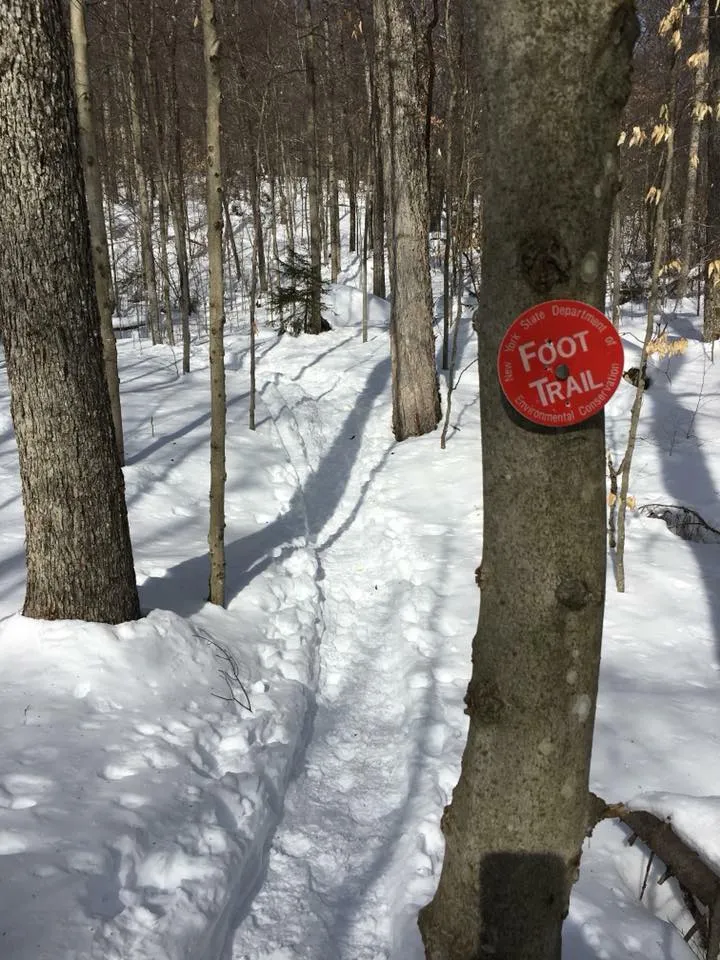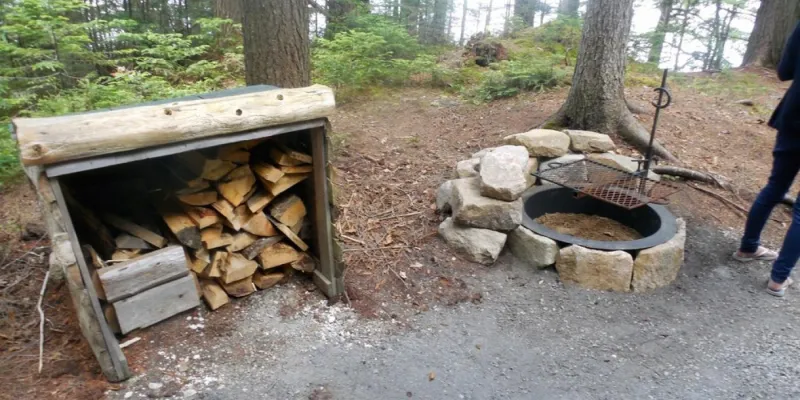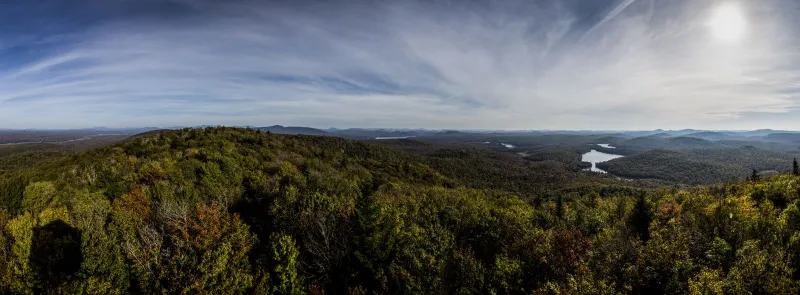
Tips & Tricks from Adirondack Foothills Guide Service
Spring has sprung in the Adirondacks. After a long March filled with snow, April has arrived with mild temperatures, lots of sun, and melting snow (okay, and the occasional snow storm, but who's counting?).
With the warmer weather comes the surge of hikers ready to hit the trails. We agree, after a long snowy winter, nothing is better than the first hike of the spring season.
I had a chance to talk with Sheila Young who owns Adirondack Foothills Guide Service with her husband Sonny. I wanted to pick her brain about what being prepared to hike in the Adirondacks really means. Being a licensed guide and having experience with paddling, hiking, and map and compass classes, I knew she would have a wealth of knowledge for me. Take note of Sheila’s tips before planning your spring or summer hiking trip to Tupper Lake.
#1: The 5 Ps
"Prior Planning Prevents Poor Performance"
This saying makes perfect sense when it comes to outdoor survival. Didn't plan for it to be cold, so you wore shorts? Weather changes quickly in the mountains, especially in the spring, so pack accordingly. Small mistakes like this can end up turning very serious when you get into the woods.
Sheila stressed that before you go somewhere you should always do the following:
- Tell someone where you are going and how long you will be gone.
- Notify that same person when you get home, or out of the backcountry.
- Know what you need to take with you.
- Ensure equipment is in good working order before you leave home.
- Practice skills (tent set-up, stove lighting, bear-bag hanging, changing batteries, paddling a kayak or canoe, etc) before your trip.

#2: Hiking
Hiking in less populated areas is one of the major ideas Sheila talked about. Instead of hiking a peak that you know will be packed on that day, look for different trails that you have never hiked. This will prevent trail erosion and deterioration.
- Stay on the trail.
- Walk through wet spots in single file to prevent erosion.
- Step on rocks when possible, and be cautious about slippery logs.
- Prevent damage to plants by walking or sitting on logs, rocks, or grasses.

#3: Camping
If camping is something you are interested in, we stress the "you carry it in, you carry it out" policy. Don't leave trash or extra food in the woods, it could end up injuring animals.
- Camp on a designated site or on open ground at least 150 feet from any road, trail, or water source. This is a NYS regulation.
- Avoiding digging trenches, pounding nails, or cutting standing wood.
- Avoid campfires unless used for cooking or to provide warmth.
- When using tobacco products outside, keep butts and live ash off the ground.
#4: Nutrition
It is important to be fully fueled when going into the woods. Becoming weak or lethargic from lack of nutrients during your hike could cause you to become injured, etc.
- Plan for, and pack, enough calories for your activity, along with some extra for emergencies.
- Water is necessary to produce energy, and extra water is needed during exercise.
#5: Safety
Safety first! Always be prepared to treat an injury, have necessary medications on you, and wear the proper protection when in the woods.
- If you are uncertain of your location, hug a tree (otherwise known as stay where you are).
- Remain calm, prepare a shelter, use signals to attract attention to your location; stay where you are until help arrives.
- Do a daily skin survey for blisters, cuts, insects, and insect bites.
- Stay warm, wear fabrics that help maintain body temperature (cotton kills!).
- Wear good sturdy boots and lace them well.
- Wear a life jacket when traveling by water.
- Take a first aid class.
- Learn how to use a map and compass.

10 pack essentials from HikeSafe.com
1. Map studied beforehand for route planning and best evacuation routes.
2. Compass and the ability to use it in conjunction with the map.
3. Clothing appropriate to the weather and adventure.
4. Extra food and water, and the ability to purify surface water.
5. Flashlight with extra batteries and bulb, and the skill to change them in the dark.
6. Waterproof fire starter.
7. Whistle signaling device.
8. Rain/wind barrier.
9. Knife with a lock-blade style.
10. First aid kit.
These are great basic safety tactics to keep in mind at all times. However, this is just the beginning! Sheila and Sonny have years of experience and tips for being prepared in the outdoors. Interested in learning more? Check out the map and compass classes they are offering and sign up now before your next hiking trip!
After you conquer that mountain, find a place to refuel and rest your head for the night.
